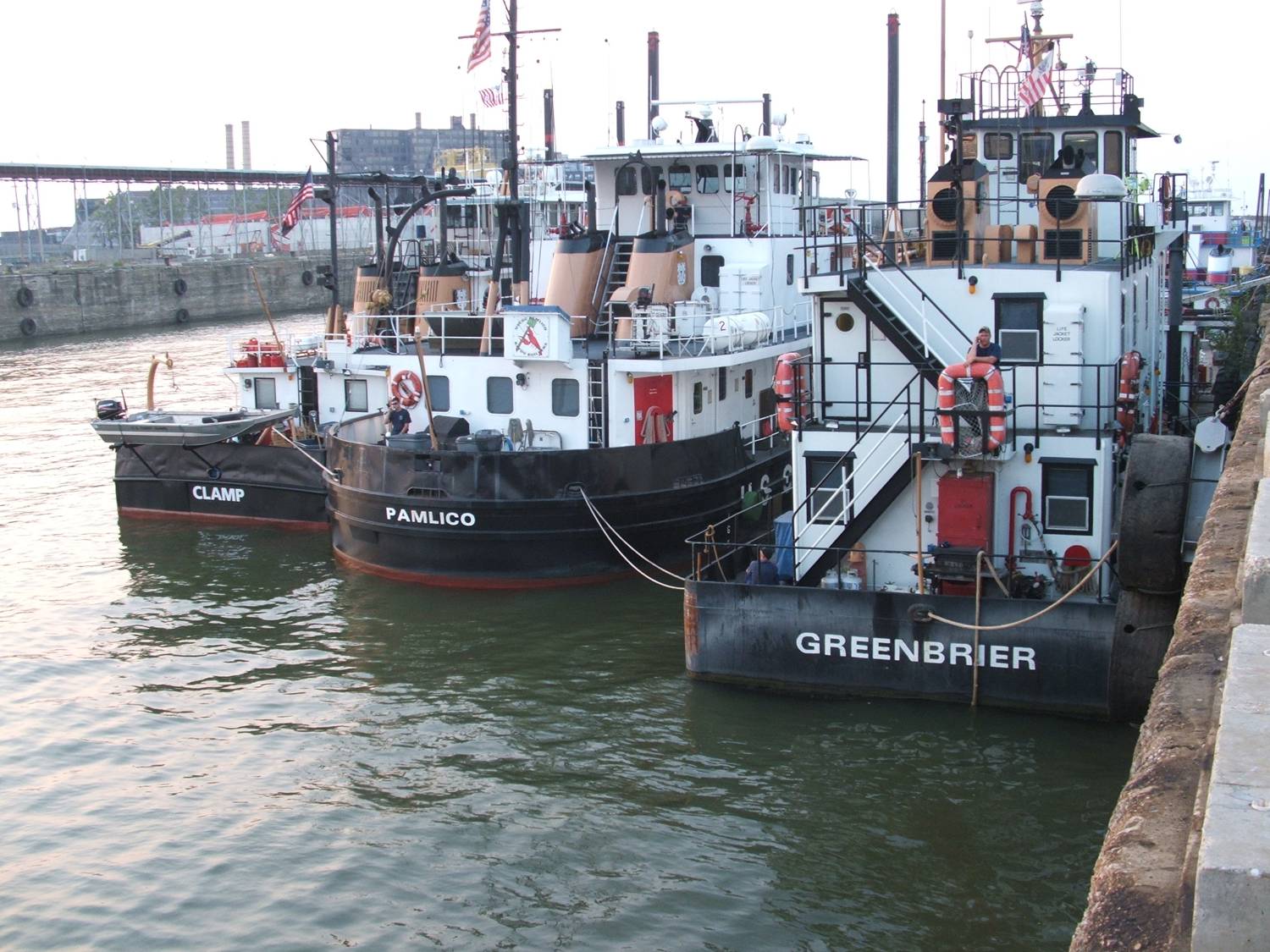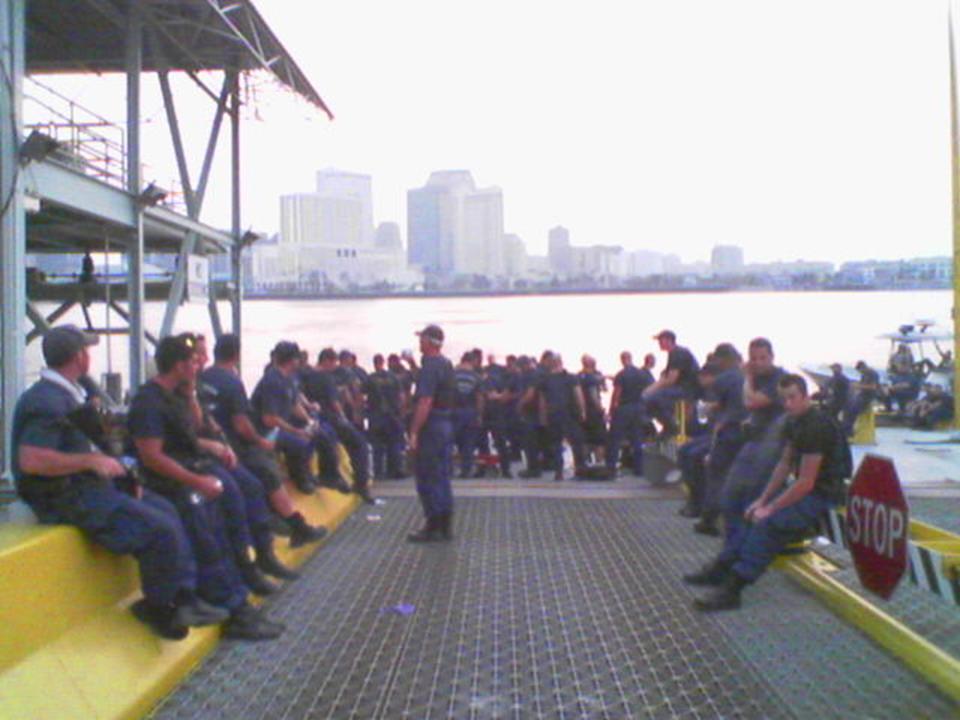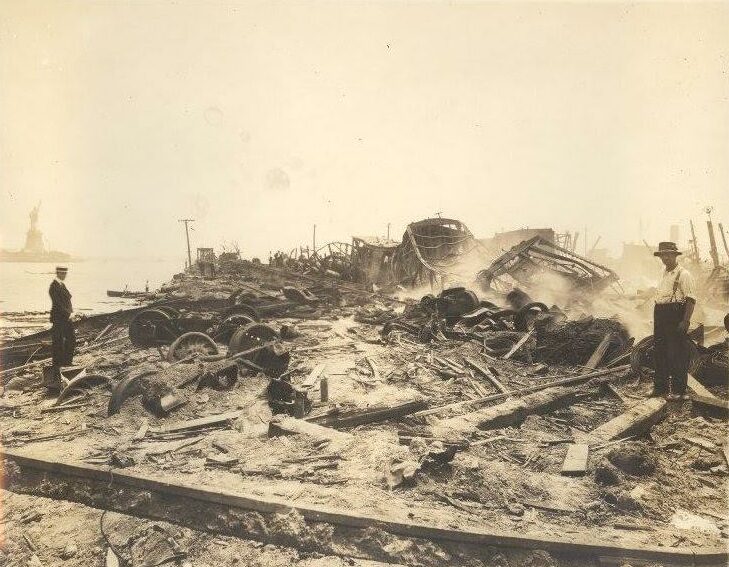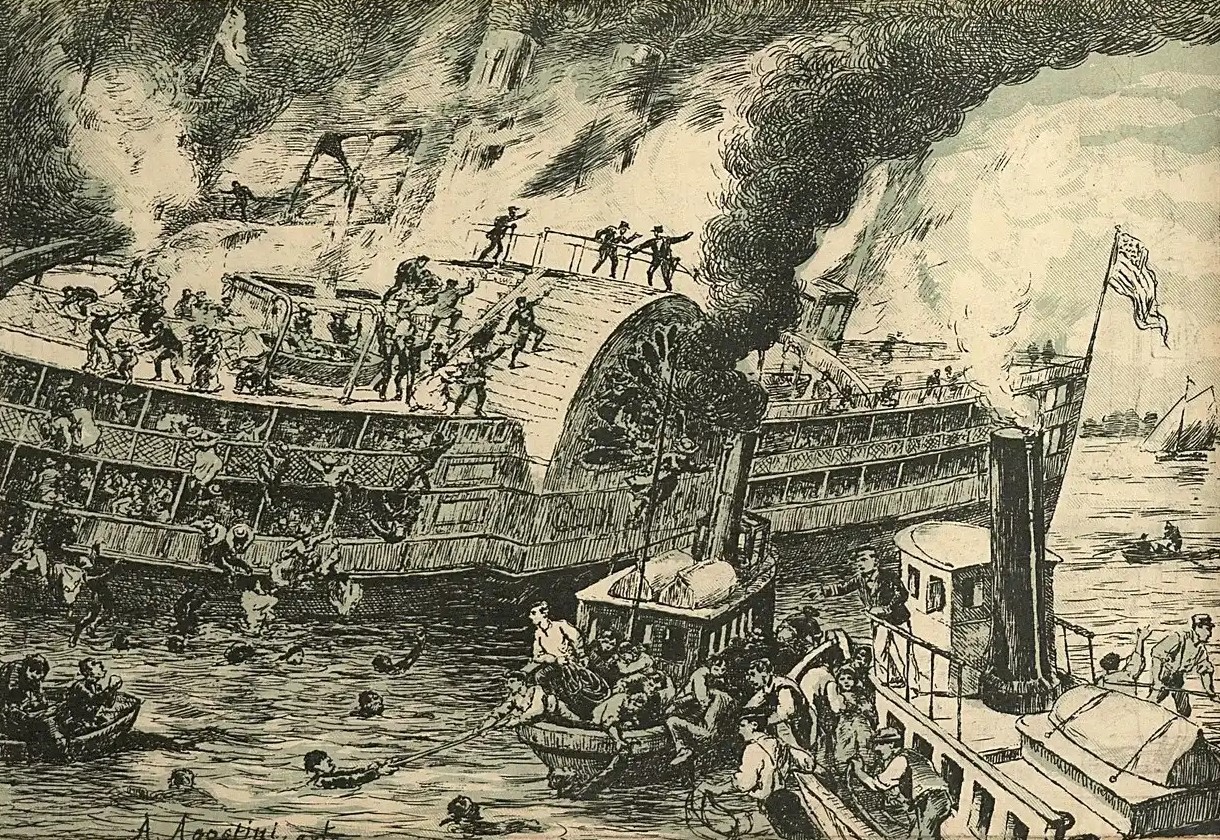-
Into the eye of chaos–River Tender Pamlico in Hurricane Katrina, Part II. The Clean Up
—Katrina destroyed between 70-90% of all the navigational aids on the Mississippi River south of Baton Rouge. With rescue and evacuation activities complete, Pamlico’s next priority was to restore aids to navigation and to make the river more accessible for recovery activities.
-
Into the eye of chaos–River Tender Pamlico in Hurricane Katrina, Part I. The Response
—The Coast Guard’s response to Katrina was not simply wild improvisation. After gaining significant hurricane response experience during Hurricanes Hugo and Bob, planning, training, and extensive preparations were made for a catastrophic weather scenario. Coast Guardsmen in the field would rely heavily on these plans and preparations. These instructions could be summarized as “don’t wait for permission,” and they became the basis for successful improvisation.
-
The Espionage Act—supporting Coast Guard port security for over 100 years!
—Port security has been one of the longest-running missions of the United States Coast Guard. And, historical events, such as World War I, have brought greater attention to the importance of this service specialty.
-
Keeper Claiborne—Savior to hundreds of souls 125 years ago!
—In the Great Galveston Hurricane, Harry Claiborne demonstrated great devotion to duty. He manned the light in the worst sea and weather conditions and saved hundreds of storm victims.
-
“Written in Blood”: Maritime disasters that shaped the Coast Guard’s Marine Safety Mission
—Those familiar with Coast Guard history know that the service’s development has been shaped by the nation’s natural and man-made disasters. Many Coast Guard missions were written in blood. Nowhere is that clearer than the marine safety mission.
